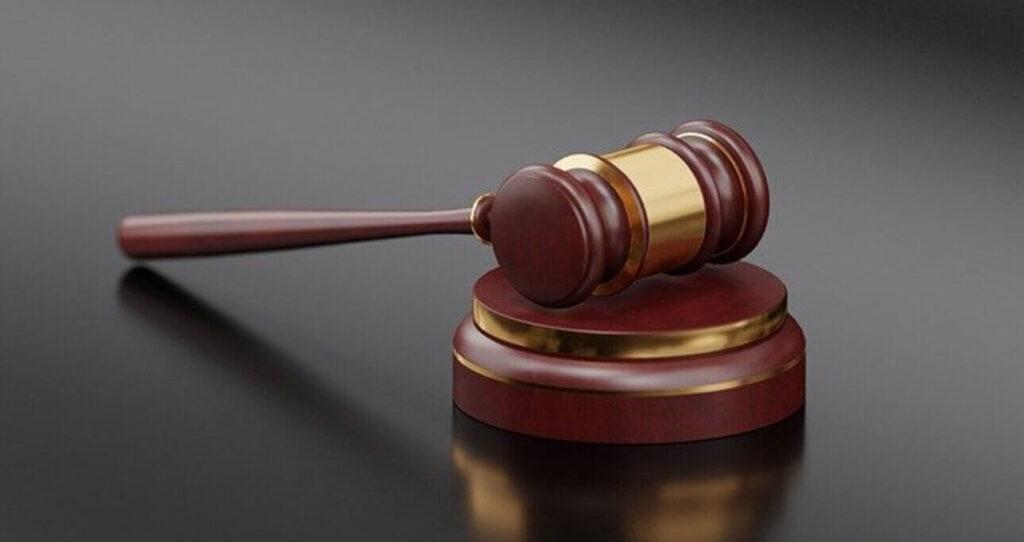INTRODUCTION
The extraordinarily broad language used in the concept of criminal contempt makes it easier for judges to impose more restrictions on journalistic freedom. The court’s ability to preserve its own grandeur and respect is known as contempt power. The Supreme Court’s and the High Court’s constitutions both acknowledge this power’s inherent nature. The 1971 Contempt of Courts Act regulates the authority without limiting it. This court has the constitutional authority to penalize for contempt, which cannot be limited or removed by legislative action. According to Article 142(2), the Supreme Court has the full authority to issue any orders on the punishment of any contempt of itself, “subject to the terms of any law adopted on this behalf by Parliament.”[1] However, According to Article 129, the Supreme Court must have all the powers of a court of record, including the authority to penalize for contempt.[2] When the two clauses are compared, it becomes clear that while the founding fathers believed that clause (2) of Article 142 may be subject to any law passed by the Parliament, Article 129 does not include any such constraint. Both civil and criminal contempt is defined under the Contempt of Courts Act, of 1971. Criminal contempt may be brought up if an act seeks to embarrass or diminish the authority of the court or tends to interfere with or hinder the administration of justice. Civil contempt refers to wilful disobedience to any ruling of the court.
CRITERIA
The impact on the legal system and the authority of the courts is taken into consideration when determining whether a behavior qualifies as contempt. In a contempt proceeding, the accused’s purpose is irrelevant. What matters most is how his actions will affect or are likely to affect how justice will be administered.
Any action that undermines public trust in the administration of justice, interferes with it in any other way or threatens to taint it must be stopped. It is not required for the court to be actually scandalized or lose some of its power. If it tends to scandalize or tends to undermine the authority of the court, that suffices. Judicial interpretation is also available when determining whether a certain action contributes to diminishing the power of the court. According to Section 2(c) of the Contempt of Courts Act, 1971, any publication that “scandalizes” or diminishes the authority of any court qualifies as “criminal contempt.” These are broad, general expressions, but the Supreme Court has made it clear that it is always acceptable to fairly criticise decisions and that defaming a judge is not the same as disobeying a court order.[3] The supreme court and high courts have the authority to impose a fine of up to 2,000 dollars, a period of simple imprisonment of up to six months, or a combination of the two as a penalty for contempt of court. The Supreme Court held in 1991 that it had the authority to penalize for contempt not only of itself but also of other high courts, lower courts, and tribunals operating throughout the whole nation. On the other hand, Section 10 of The Contempt of Courts Act of 1971 grants High Courts unique authority to penalize contempt of inferior courts.
ISSUES
According to Section 5 of the Act, “fair criticism” or “fair remark” on the merits of a matter that has been determined would not constitute contempt. But judges are free to interpret what they deem to be “fair” in their own ways. Judges, however, are allowed to their own judgment of what is “fair.”[4] Sometimes Article 19 right to freedom of speech and expression is compromised by this flexible interpretation. Unless it can be proven that the purportedly contemptuous behavior was both genuine and in the public interest, the truth cannot be used as a defense. In addition, judges frequently appear to be acting in their own interests, which violates the principles of natural justice and harms the public faith they are trying to uphold by the proceeding. The constraints placed on the right to free expression must be kept to a minimum since it is the most fundamental of all fundamental rights. Only those limitations are permissible under the law of contempt of court in order to preserve the credibility of the judicial institutions. In order to implement a criminal contempt action, superior courts must follow regulations and standards that define the procedure to be used when doing so, while also keeping in mind the concepts of natural justice and fairness.
Author’s Name: Abhijeet Raj (Guru Gobind Singh Indraprastha University, New Delhi)
[1] The Constitution of India, 1950, Art. 142 (2).
[2] The Constitution of India, 1950, Art. 129.
[3] Brahma Prakash v. State of UP 1980 AIR 791, 1980 SCR (2)1067
[4] Contempt of Courts Act 1971


